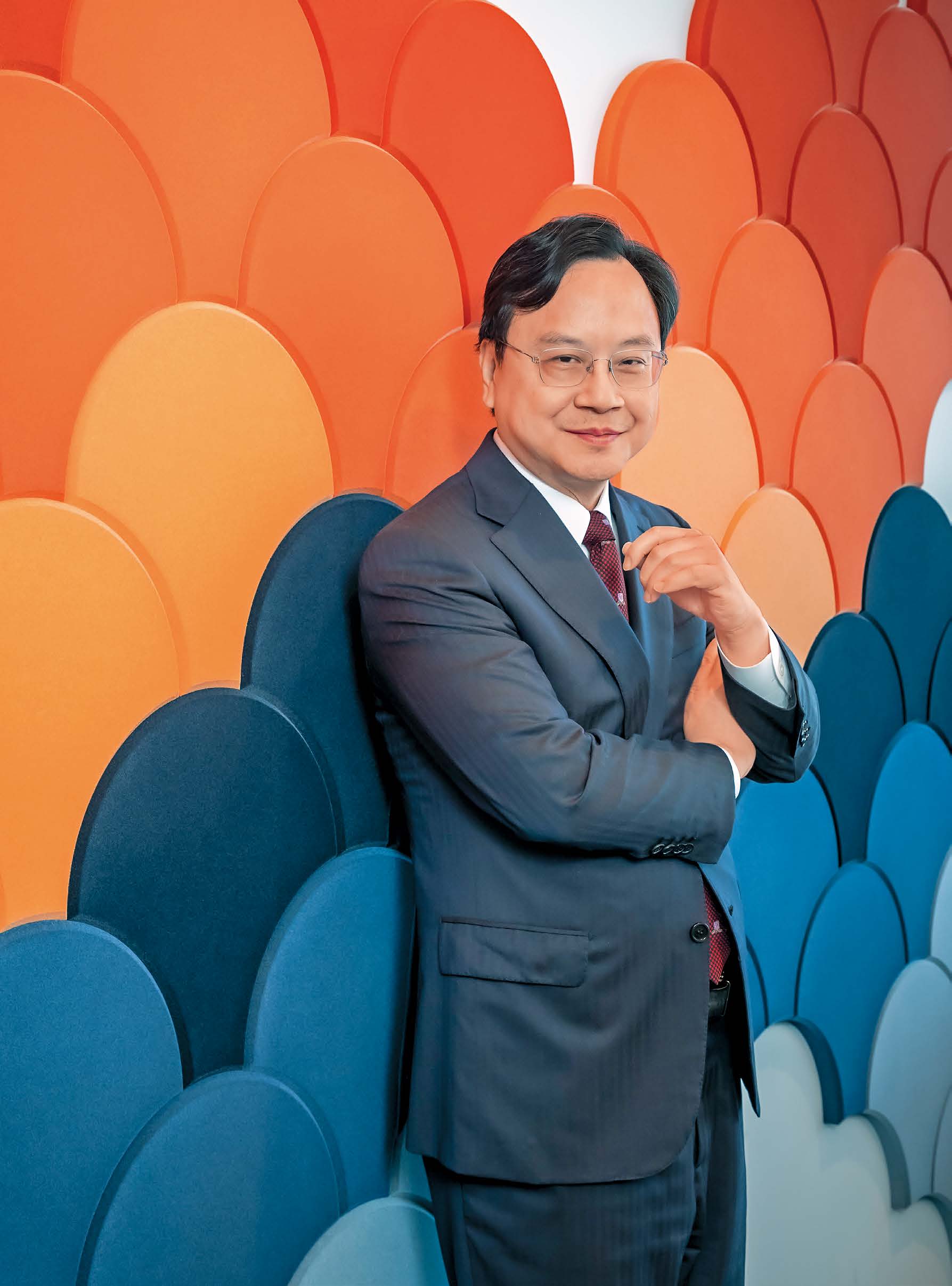
Professor Lo is well known for being the "father of non-invasive prenatal testing (NIPT)". It is lesser known that before this groundbreaking discovery which shone in the scientific community, his late father, Dr. Lo Wai-hoi, former Superintendent of Castle Peak Hospital, was the one who had led him on the road to medical research. "Ever since I was little, I have always been very interested in science. Like many other kids, I had books about dinosaurs at home and memorised the long names of the dinosaurs. In secondary school, I began borrowing scientific magazines such as Discover, and Scientific American, as I loved reading about the discoveries of distinctive scientists. My father was a doctor. Although he never explicitly said so, I guessed that he wanted me to follow in his footsteps. I can still recall him telling me that an understanding of three-dimensional structures is essential in anatomy. He also taught me that 'a picture is worth a thousand words', hence encouraging me to learn drawing and photography. He gave me a Canon camera produced in the 1950s, so I began to get involved in photography since I was young. There was a space for darkroom at home. Even though he never forced me to study medicine, he had groomed to me towards this path."
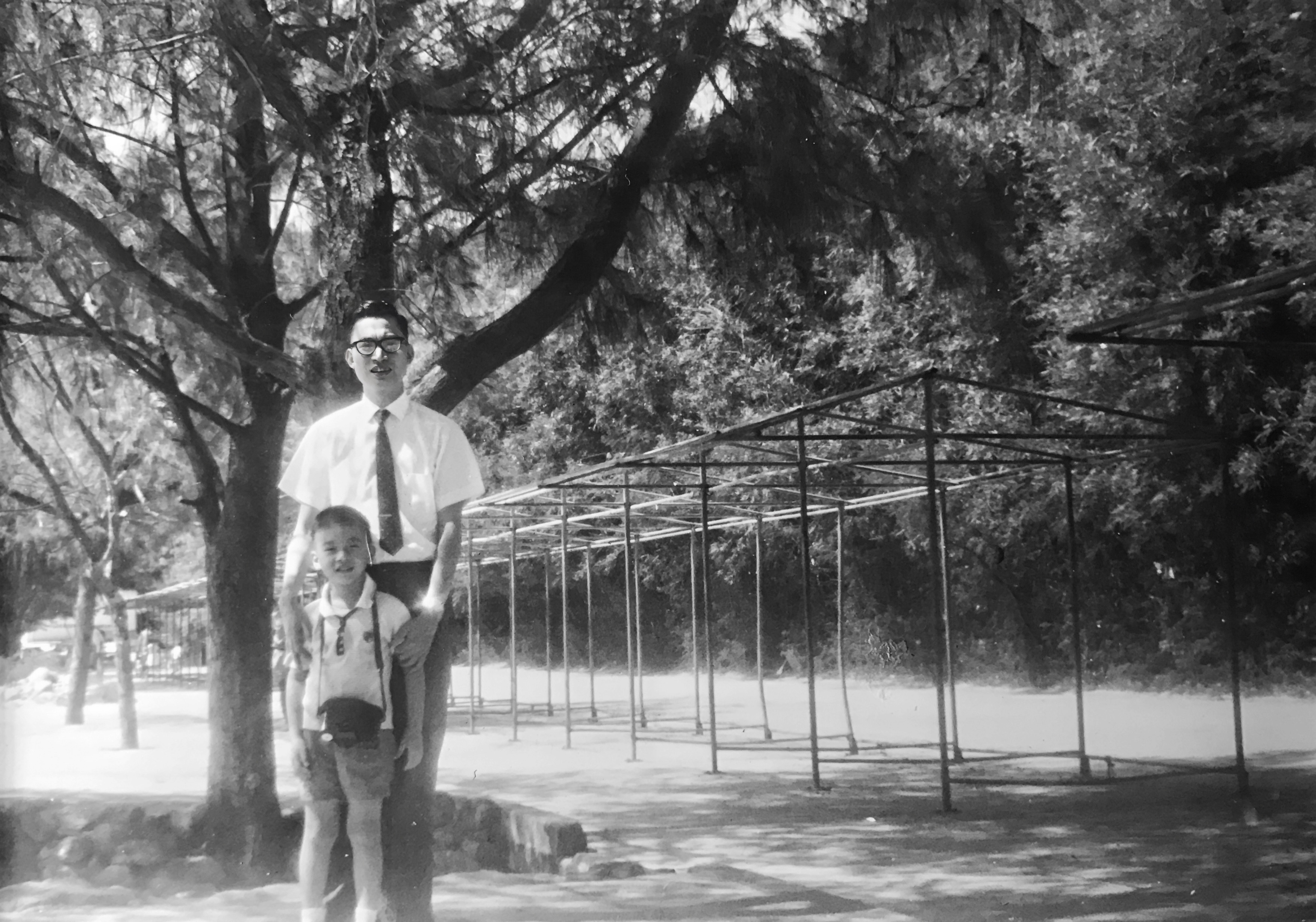
The process of developing films in a darkroom is similar to that of conducting an experiment, as meticulous planning is necessary. From tuning the colour temperature of photographs to monitoring the temperature of the darkroom at the time of development, the process is like an art in itself. Despite his love of photography, Professor Lo prioritised traditional industries and never considered arts subjects when he picked university courses. If he had chosen differently, there would be one less world-renowned scientist today. "I applied for universities in Hong Kong, the United Kingdom and the United States, and received offers from the HKU's Faculty of Medicine, the University of Cambridge's School of Clinical Medicine, as well as the Stanford University School of Engineering. I opted for Cambridge because of a sentimental connection. The biology textbook in Form Six, Biology: A Functional Approach published photos of numerous outstanding scientists. Among these, the picture of James Watson and Francis Crick – discoverers of the double helix structure of DNA – in front of the Cambridge King's College had left a strong impression in my mind. It made me feel that Cambridge has been playing a crucial role in shaping the development of science. When I learned that I was offered a place, I decided on Cambridge without reservation." This seemed to foresee his future is destined to be closely intertwined with DNA.
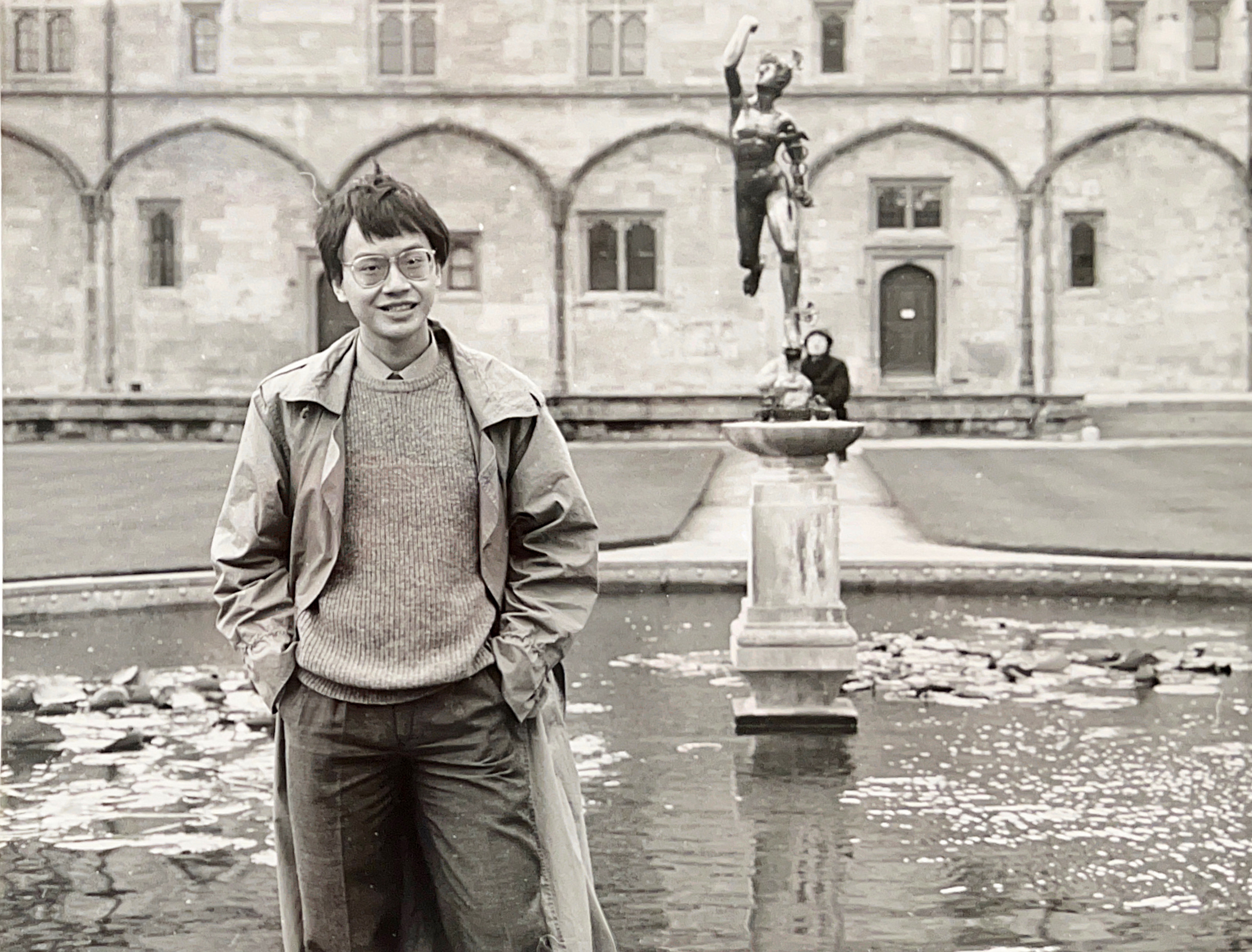
Despite its long history, Cambridge's School of Clinical Medicine only offered three-year pre-clinical studies until its introduction of another three-year clinical course in 1976. As Professor Lo enrolled in 1983, the Clinical Medicine School at Cambridge was still too new, so he transferred to Oxford University after his pre-clinical training. "At the time, top medical students at Cambridge would go to Oxford for clinical training, so I followed this path too." Upon graduating from Oxford, Professor Lo secured employment as a faculty member – but he decided to return to Hong Kong with his wife, whom he met while pursuing his doctorate. "Hong Kong is my home. During my time as a student in the United Kingdom, I had always been waiting for the opportunity to return. As many scholars left the city during the wave of emigration around 1997, HKU and CUHK were both employing scholars in my domain at the time. I joined CUHK as the available positions here were more suitable for my professional development, and the beautiful environment contributed to a better campus atmosphere in general."
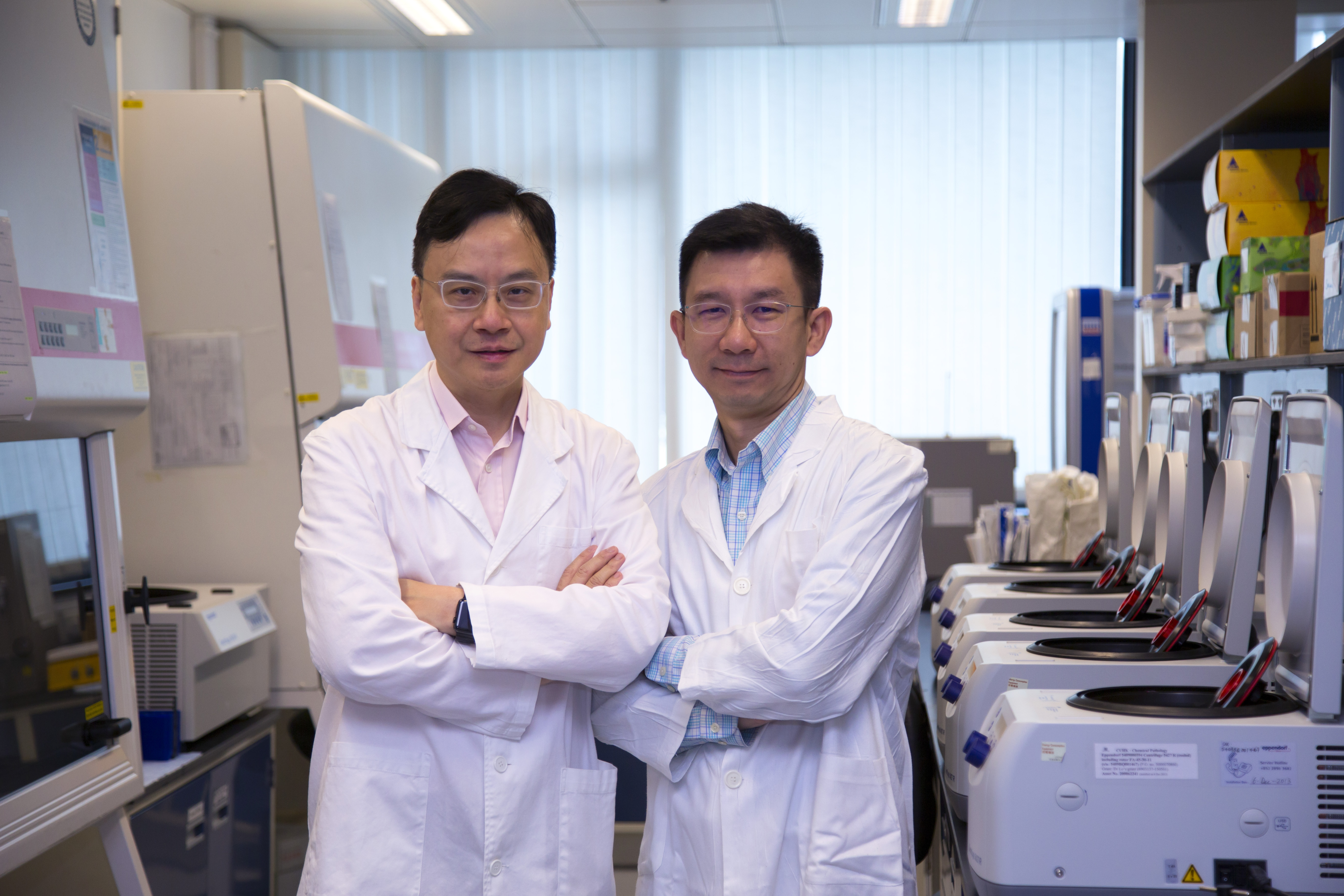
During his clinical years at Oxford, Professor Lo took obstetrics and gynaecology and learned of the risks of amniocentesis. By jabbing a needle into the uterus to extract the amniotic fluid sample, the process potentially harms the foetus and poses the risk of a miscarriage. As a medical student, he began exploring the possibility of learning about the baby's DNA or chromosomes through a sample of the mother's blood. This idea laid the foundation for NIPT. Professor Lo conducted eight years of rigorous research and testing, but unfortunately, he made little significant progress.
His long-awaited breakthrough came after joining CUHK: that fetal DNA can be found in the mother's plasma rather than the blood cells! Professor Lo successfully innovated NIPT in 2011 with the ability to accurately analyse and measure the fetal DNA in the mother's plasma, while detecting the chance of Down's Syndrome through DNA sequencing. The test is now being applied in over 90 countries, helping over 10 million pregnant women each year with its 99.7% accuracy rate, and most importantly, keeping them from the risk of miscarriage.
In 2013, Professor Lo and his research team applied DNA sequencing technology to cancer screening, by locating cancer-related epigenetic changes in DNA mapping. While the DNA sequencing remains the same, other "decorations" have transformed. It can be compared to a room before any renovation – the walls, the floor, and the ceiling are considered as genetic, but epigenetic inheritance resembles to the furniture, the colour of the wall, and so on. Cancer can be detected through the analysis of epigenetic inheritance. To express such an abstract idea, Professor Lo was reminded of his father's teaching: "a picture is worth a thousand words". "To communicate complex scientific concepts to others, an attractive image can help others understand the fundamental concepts. For example, when I published an article in Genome Research, which is an authoritative journal in the domain, I collaborated with a local artist to co-create the cover art which presented DNA as railway tracks. The gates on railway posts point upwards or downwards, representing whether the DNA has been sliced. When I took time to appreciate this artwork, I had a sudden thought about the interrelationship between the opening and closing of the gates, whether they are separate signals. This impacted the direction of my research."
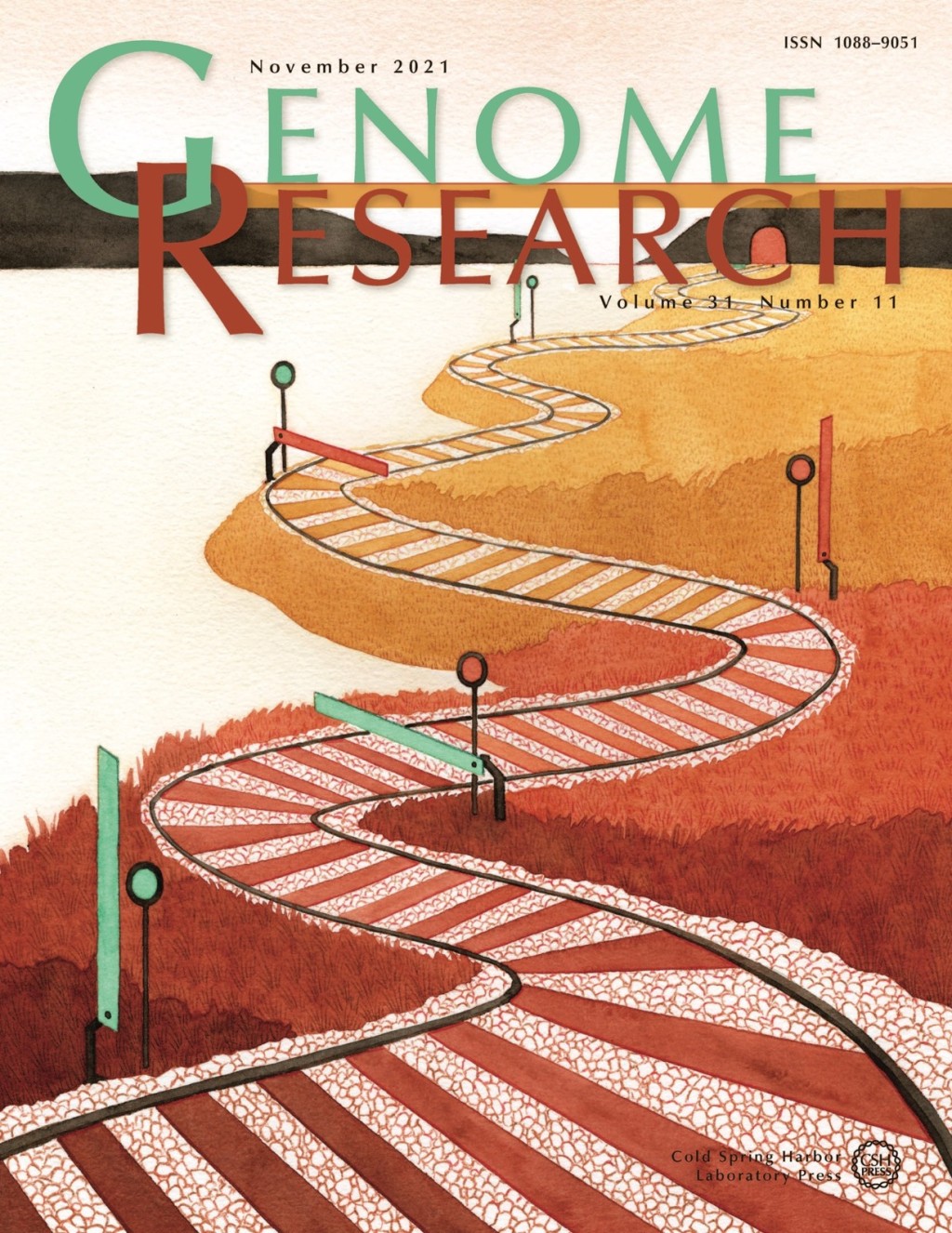
Since returning to Hong Kong in 1997, Professor Lo has taught and conducted research at CUHK for 27 years. As CUHK has provided him with a nursery to achieve his dreams, he believes it is the right time to give back to this family. "Through my 27 years of service, I have become fond of CUHK. When I am needed, I would definitely step up." As the global search for the next Vice-Chancellor and President began in mid-2024, a headhunting firm contacted Professor Lo about the job. Following thoughtful deliberation for some time, he decided to apply. "As my primary focus has been on research, I was concerned that this may be affected when I take on the leading position. After some thinking, I realised people are supposed to do different things in the different stages in life. I have been a front-line researcher with a certain extent of global recognition; stepping into my new role as Vice-Chancellor and President, it is an appropriate time to apply my vast experience in other aspects as a means to nurture the next generation."
Having served as Associate Dean of the Faculty of Medicine at CUHK for 18 years, Professor Lo is no stranger to administrative work. As Vice-Chancellor and President, however, the scope of domains and touchpoints would become much wider. Professor Lo says he is fortunate to be able to make reference to his background in Cambridge and Oxford. "Cambridge, Oxford, and CUHK are similar in that we all work on a collegiate system with an emphasis on holistic education. While the university teaches academic knowledge, the college grooms the whole person. By putting students and teachers from various faculties together, you learn more comprehensive knowledge about culture and science. In particular, Cambridge has over 40 colleges including Trinity College with world-class resources. They have nurtured generations of elites, including over 30 Nobel Prize winners. There must be aspects worth learning." He continues to point out that CUHK's unique collegiate system is instrumental to the university, and that he values it greatly. Since the announcement of his appointment, Professor Lo had already begun to seize the opportunities to visit colleges and communicate with the students and hear their voices.
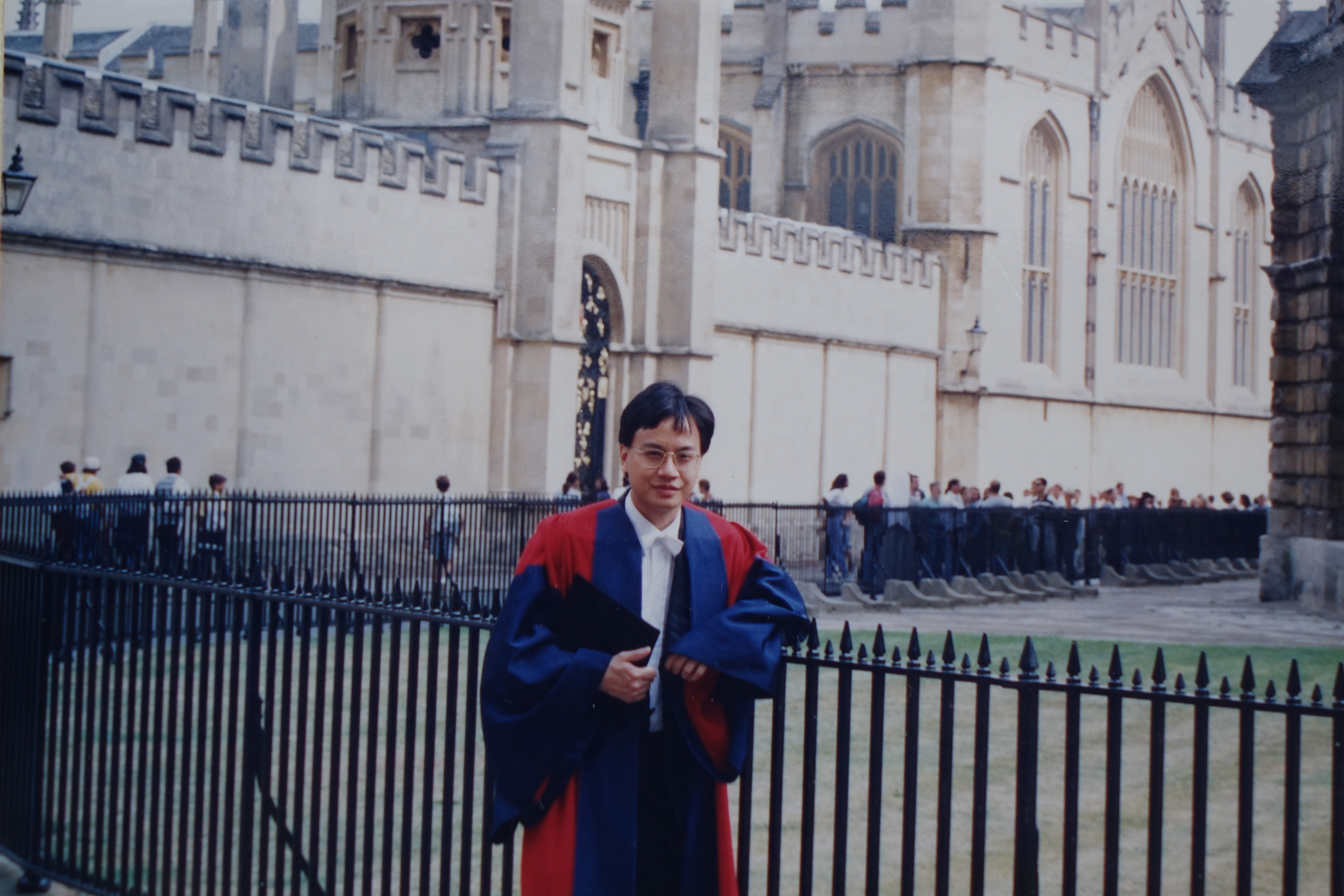
The CUHK Strategic Plan 2021-2025 will soon be completed, hence, one of Professor Lo's first tasks is to chart the next five-year plan, covering key goals in student experience, research, staff development, alumni relations, and more. He puts forward the "IDEA" model, representing Inspire, Discuss, Empower, and Achieve. "Like doing any task, you must first inspire your counterparts to share the same goal, and work on it wholeheartedly with a sense of mission. During the implementation, it is most important to discuss – so that the task is not directed by any single person but conducted after sufficient communication. The task will fail if resources are not allocated to the team, thus there must be empowerment before the result can be achieved."
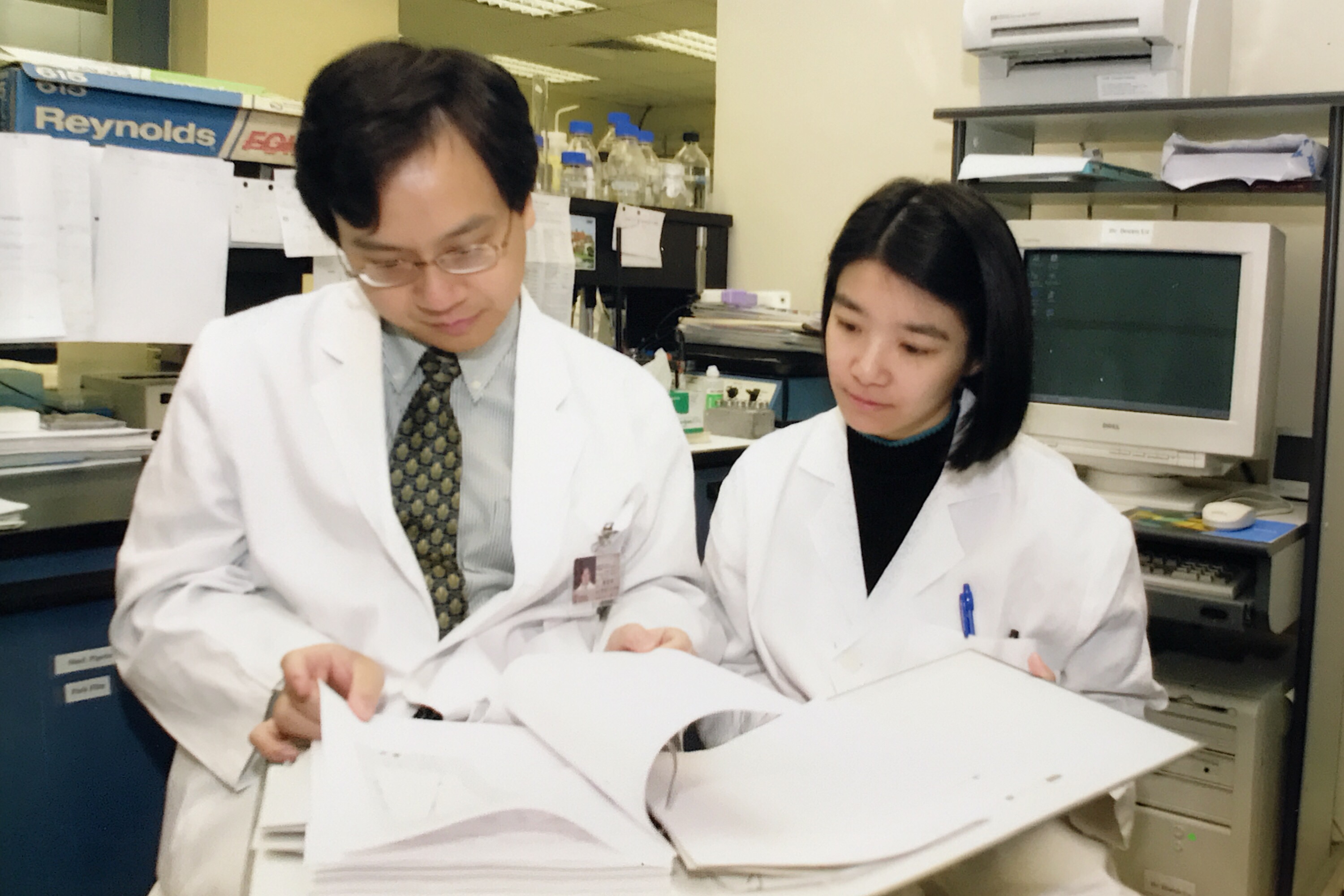
Through the four-step "IDEA" framework, Professor Lo hopes to carry CUHK's strong heritage in research and innovation, and take it forward to uplift the global influence of the university's academic achievements. "In this day and age, the competition within academia is intensifying and has become more globalised. Even within the same region, everyone is actively searching for talent and resources, and the pace of development is more rapid. We must work harder." In addition to development, CUHK must also plan meticulously. He takes artificial intelligence (AI). "AI is one of the greatest inventions in human history. It has caused a paradigm shift as an example in the way we work. It is necessary for students to learn AI. When we apply AI in research and teaching, we must be mindful of the arising ethical, legal and social issues. For instance, we must specify that AI is used so as to avoid giving an impression of plagiarism or deception. How can we prevent AI from making mistakes as it is not all-knowing? How do we consider intellectual property rights? When we train AI with information that other people hold the IP to, how is this legally interpreted? How do we clarify IP rights if AI invents something? Who should take responsibility when AI makes a misdiagnosis when helping a doctor? These issues need to be considered carefully." He reinforced CUHK's positioning as a comprehensive research university that will not place greater emphasis on science over the humanities, and that CUHK will continue its mission to promote Chinese culture to the world while bringing in good international culture.
Speaking about alumni relationships, Professor Lo believes the alumni are a vital group: "They were educated at CUHK, and have now gained experience and achievements. The university must communicate closely with our alumni, build on their know-how to advance further. Indeed, we need support from our alumni in various aspects. For example, with our focus on innovation and technology development, and since many alumni are successful entrepreneurs, they can return to the campus to share their stories. Therefore, maintaining a close relationship with alumni is especially important."
Published on CU Alumni Magazine Issue 120 by Alumni Affairs Office 2024
Read online: CU Alumni Magazine Issue 120 (Chinese Version Only)
PDF:http://www.alumni.cuhk.edu.hk/magazine/202412/pdf/CUAM_202412.pdf
ISSUU: http://www.alumni.cuhk.edu.hk/magazine/issuu/